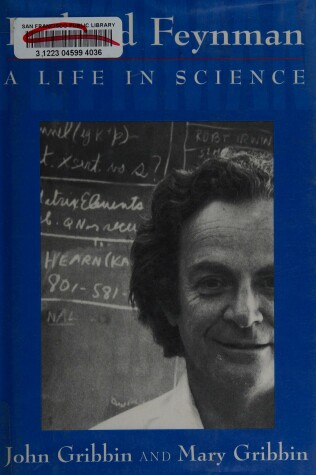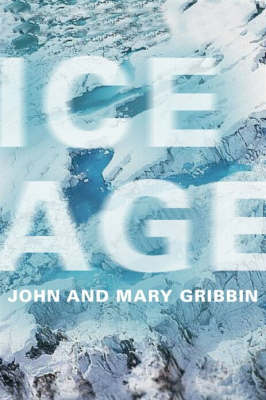Penguin Press Science S.
2 total works
A biography of Richard Feynman, winner of a Nobel Prize for his discoveries concerning the behaviour of electrons, which shows that for him, physics and life in general were fun, and that he had an extraordinary ability to prove his unique vision of the world in terms of formulae.
On 24 June 1837, Louis Agassiz stunned the learned members of the Swiss Society of Natural Sciences by addressing them, in his role as President, not with an anticipated lecture on fossil fishes, but with a passionate presentation on the existence of Ice Ages. No one was convinced. He even dragged the reluctant members of the Society up into the mountains to see the evidence for themselves, pointing out the scars on the hard rocks left by glaciation (which some of those present tried to explain away as having been produced by the wheels of passing carriages). Extraordinarily, it would take a further 140 years before the Ice Age theory was fully proved and understood. John and Mary Gribbin tell the remarkable story of how we came to understand the phenomenon of Ice Ages, focusing on the key personalities obsessed with the search for answers. How frequently do Ice Ages occur? How do astronomical rhythms affect the Earth's climate? Have there always been two polar ice caps? Is it true that tiny changes in the heat balance of the Earth could plunge us back into full Ice Age conditions?
With startling new material on how the last major Ice Epoch could have hastened human evolution, "Ice Age" explains why the Earth was once covered in ice - and how that made us human.
With startling new material on how the last major Ice Epoch could have hastened human evolution, "Ice Age" explains why the Earth was once covered in ice - and how that made us human.

